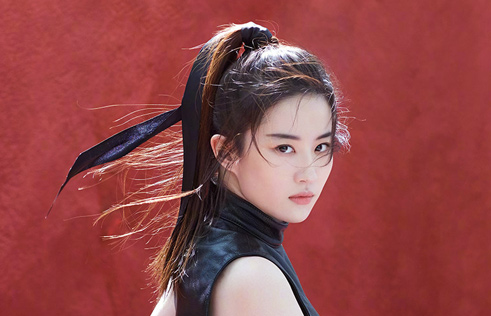What the eyes and the soul sometimes do not see
By Zhao Xu ( China Daily ) Updated: 2015-12-19 14:51:26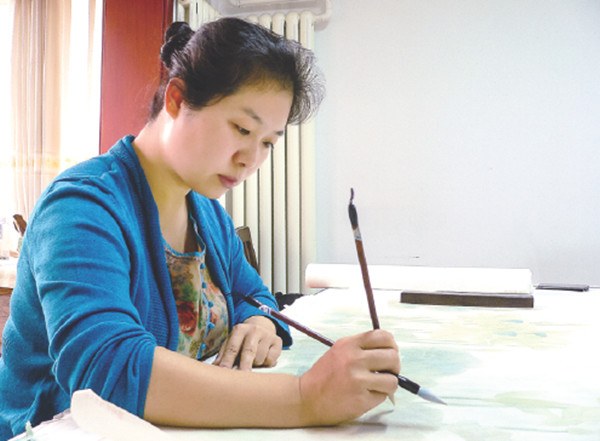 |
|
The painter YangMing calls her work an attempt to break the boundaries between gongbi, or studied brushwork, and xieyi, the writing of literary thoughts.[Photo/ China Daily] |
In viewing Yang Ming's works, you need to read between the lines
Asked to talk about the discontinuities in the lines in her paintings, Yang Ming, who works with ink and brush, compares them to piano notes.
From that musical allusion, Yang, 38, then - in a jump that may itself be an act of discontinuity - moves to matters of the mind.
"The process of running a line across the paper can be likened to a thought process. It may be extremely smooth, but more often than not the painter will have experienced a deeply personal moment within those few seconds.
"Emotionally and psychologically, he or she may have gone through mixed feelings of ecstasy and enchantment, rumination and contemplation. That inner feeling, what I call musicality, leads to the occasional suspensions in my lines."
Despite the rather conceptual reading of her own work, Yang works in the most traditional sphere of Chinese painting - gongbi, which literally translated means studied brushwork. And many could dismiss her chosen subject, the lotus flower, as a cliche.
"Every Chinese ink-and-brush painter has at one time or other painted lotus flowers," Yang says. "What's special about me is that it's almost my sole subject. For the average Chinese, lotus is a cultural symbol as well as a plant, standing for inviolable purity; for me it's a challenge, forcing me to forge my own artistic language while retaining what is seen as the core characteristics of traditional Chinese painting."
In fact, according to the Beijing-based painter, who trained at the China Academy of Art in Zhejiang province, that is a challenge for all contemporary Chinese painters who consider themselves torchbearers for a painting tradition more than 1,500 years old.
"When you go through the annals of Chinese art history you realize how hard it is for anyone to break new ground today," Yang says.
The issue is particularly acute for gong-bi painters.
"As its name suggests, gong-bi, which peaked during the Song Dynasty (960-1279), celebrates the minutely recorded and delicately rendered. While impressive to a viewer who has a bent for detail, the style has been criticized for being unabashedly eye-engaging, thus lacking inner poetry and deep thought. Another style arose as the antithesis of gongbi."
That was xieyi, meaning "writing down (literary) thoughts". The process "involves a freehand approach that justifies the tempestuous pouring of ink and the willful sweeping of brushes", Yang says.
|
|
|
|
|
|
|
|






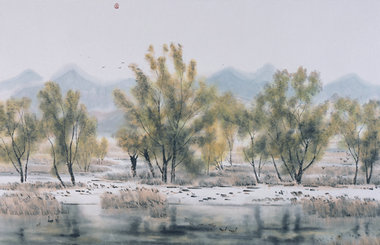
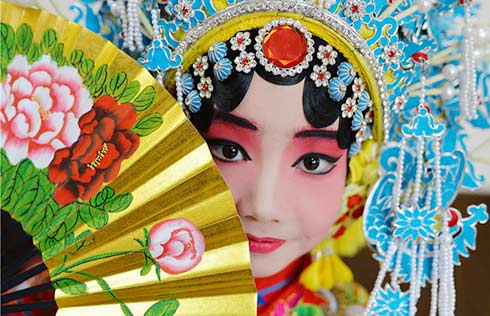




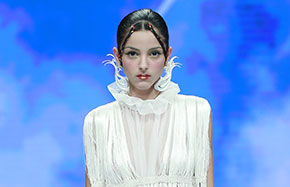












 Raymond Zhou:
Raymond Zhou: Pauline D Loh:
Pauline D Loh: Hot Pot
Hot Pot Eco China
Eco China China Dream
China Dream China Face
China Face


